Hardwood floor issues -- questions re: patching
Emmi J
6 years ago
Featured Answer
Sort by:Oldest
Comments (30)
Emmi J
6 years agoRelated Discussions
Hardwood Flooring Repair (when weaving in or patching) Do Not over com
Comments (2)Hey uptown great to here from you. We have used may tricks of the trade. Including renting high power lighting from rental stores when the frantic RE agency cannot sell the house because they lifted the dining room carpet & OMG oxidation. The point is only the original flooring is exact match and the damage is always focal point of home. Dish washer, moving refregerator (digs) & Ice maker are top 3. Steal/borrow and fix with existing then replace with new. Thanks Bucks County...See MoreHardwood floor vs. engineered hardwood?
Comments (27)Choosing the right flooring type isn't enough for your living condition. You will have to consider the types of cut: flat sawn, rift and quarter sawn, quarter sawn or live sawn. Quarter sawn and rift & quarter sawn will be best choices, because expansion and contraction is along the thickness of the wood. You will need climate control all year round. 70 degrees at 40 % relative humidity is where you want to be throughout the year. The use of a humidifier/dehumidifier will be needed year round. Although, engineered flooring is more stable than solid. Using the wrong wood specie in your living condition can run the risk of de-laminating with engineered wood. If, the top veneer is more or less stable than it's core and backing. You will experience de-laminating in extreme humidity swings. Take in account of what the engineered flooring is constructed of: mdf or plywood. The width of the flooring will account for how much expansion and contracting also. 2 1/4" strips are the most stable. As you go wider, expect to see more wider seasonal gaps. Proper acclimating is critical, should be performed with a moisture meter. For 2 1/4" strip flooring , sub-floor and flooring moisture should be within 4%. For all other widths 2% moisture differentiation is allowed or should not be exceeded. Don't forget proper expansion gaps, which is the thickness of your flooring, example: 3/4" thick = 3/4" gap. Sub-floor type and condition will affect the performance of wood floors. All this needs to be considered for the proper and successful performance of your wood floors....See MoreNew hardwood floor install with color issues
Comments (12)I would finish the renovation, move in most of my furnishings (at least place my area rugs and then reassess) before making any more of an issue with this. You have voiced your concern about the visual of this plank. Put it in writing in an email (that gives it a time/date stamp). In my email I would state that we have already discussed this plank (a photo in the email is excellent) and that you are willing to TRY to live with it. You would like to continue on with the renovation as planned. And you would like to see if you can "get used to it" before you ask for a plank replacement. An email in this vein does many things: time/date stamp with photo of the issue. It also smooths EVERYONE'S feathers. The GC will feel like you are trying to listen and are trying to be a "good customer" by listening to the GC. The GC will also realize that it is POSSIBLE that a plank replacement MAY be in the future....but it isn't set in stone. This type of email will be a win-win for everyone. You will document your concern and the GC will feel relaxed about moving forward with the rest of the renovation without having to worry about a single plank. As a person who loves wood variation (LOVE Hickory and Character Grade White Oak) I'm not overly excited about this plank. I would prefer to "get used to it" rather than risking a replacement....See MoreVinyl Plank vs. Engineered Hardwood Flooring and Transition Issues
Comments (3)I have vinyl plank with huge dogs in my walk out basement where they have free access to a large dog run it has been in for 11 yrs and still looks awesome. We have a laminate on our main floor that looks like slate and has also stood up to the brats for 11 yrs there is no way wood could have handled all that abuse. IMO laminate or vinyl plank in good condition is better than scratched up wood floor that would have to be refinished before sale. We now have a great pyrenees as our 2 old dogs have passed away and he really is rough on floors , no wood could possibly stand up to him.The pic is the laminate floor and the old dogs...See MoreEmmi J
6 years agogregmills_gw
6 years agoEmmi J
6 years agoEmmi J
6 years agoEmmi J
6 years agoEmmi J
6 years agoEmmi J
6 years agoEmmi J
6 years agoEmmi J
6 years agoEmmi J
6 years agoEmmi J
6 years ago
Related Stories
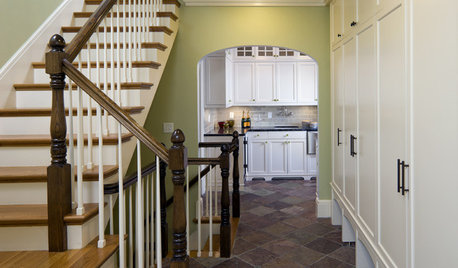
TILE6 Questions to Answer Before You Install Tile Flooring
Considering these things before tackling your floors can get you a better result
Full Story
GREEN BUILDINGConsidering Concrete Floors? 3 Green-Minded Questions to Ask
Learn what’s in your concrete and about sustainability to make a healthy choice for your home and the earth
Full Story
REMODELING GUIDES9 Hard Questions to Ask When Shopping for Stone
Learn all about stone sizes, cracks, color issues and more so problems don't chip away at your design happiness later
Full Story
LIGHTING5 Questions to Ask for the Best Room Lighting
Get your overhead, task and accent lighting right for decorative beauty, less eyestrain and a focus exactly where you want
Full Story
REMODELING GUIDESConsidering a Fixer-Upper? 15 Questions to Ask First
Learn about the hidden costs and treasures of older homes to avoid budget surprises and accidentally tossing valuable features
Full Story
REMODELING GUIDESSurvive Your Home Remodel: 11 Must-Ask Questions
Plan ahead to keep minor hassles from turning into major headaches during an extensive renovation
Full Story
FLOORSHow to Paint Your Hardwood Floors
Know how to apply nail polish? Then you can give your wooden floors a brand-new look
Full Story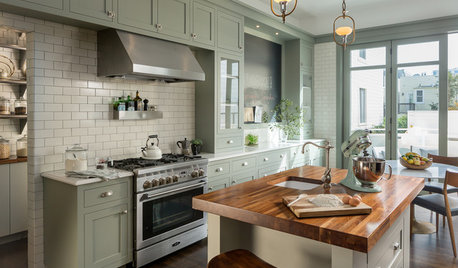
KITCHEN DESIGN7 Tricky Questions to Ask When Planning Your New Kitchen
Addressing these details will ensure a smoother project with personalized style
Full Story
REMODELING GUIDES13 Essential Questions to Ask Yourself Before Tackling a Renovation
No one knows you better than yourself, so to get the remodel you truly want, consider these questions first
Full Story
GREEN DECORATING8 Questions to Help You See Through Green Hype
With the ecofriendly bandwagon picking up some dubious passengers, here's how to tell truly green products and services from the imposters
Full Story


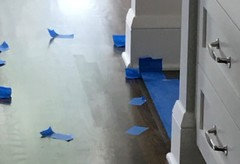
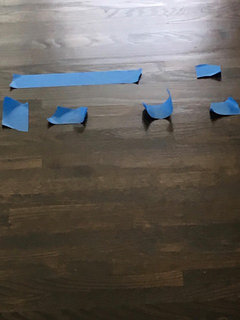
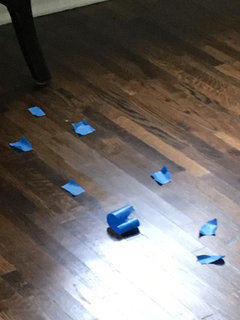

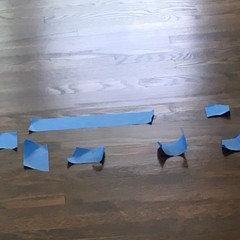
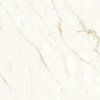
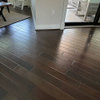
User